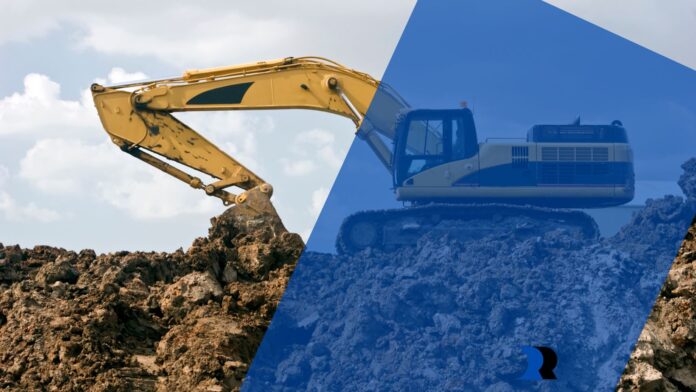The heavy-duty equipment market is a complex landscape where making informed decisions is crucial. Whether you’re managing a construction project, running a manufacturing plant, or maintaining a fleet of vehicles, choosing the right equipment can significantly impact your bottom line and operational efficiency. Here’s a comprehensive guide to help you navigate this market and make smart purchasing decisions.
Understand Your Needs
Assess Your Project Requirements
Before diving into the equipment market, clearly define what you need. Assess the specific requirements of your projects or operations. Are you looking for excavators, bulldozers, cranes, or specialized machinery? Understanding the scope and scale of your needs will help you narrow down your options and avoid purchasing equipment that is either overpowered or underperforming for your tasks. For projects requiring precise screening and sorting of materials, wheeled incline screeners offer a versatile and efficient solution, allowing for easy mobility and adaptability on various job sites.
Consider Future Growth
Think about not just your immediate needs but also how your requirements might evolve. Investing in equipment with a bit of extra capacity or versatility can pay off in the long run as your projects or operations expand. This forward-thinking approach can help you avoid frequent replacements and adjustments.
Research the Market
Compare Different Brands and Models
The heavy-duty equipment market features numerous brands, each with its own strengths and weaknesses.

Conduct thorough research to compare different brands and models. Look into their reputation for reliability, performance, and customer service. Manufacturer reviews, industry publications, and peer recommendations can provide valuable insights.
Evaluate Total Cost of Ownership
While the initial purchase price is important, it’s equally crucial to consider the total cost of ownership. This includes maintenance, repair costs, fuel efficiency, and resale value. A higher upfront cost might be justified if the equipment offers lower operating expenses and a longer lifespan.
Check for Financing and Leasing Options
Explore Financing Solutions
Heavy-duty equipment often represents a significant financial investment. Explore financing options such as loans or credit lines that can help spread the cost over time. Many manufacturers and dealers offer financing plans tailored to their equipment, which can make purchasing more manageable.
Consider Leasing as an Alternative
Leasing can be a viable alternative to outright purchase, especially if you need the equipment for a short-term project or want to avoid long-term maintenance concerns. Leasing allows you to use the equipment without committing to ownership and often comes with maintenance and service packages.
Evaluate Equipment Quality and Warranty
Inspect Equipment Condition
Whether buying new or used, thoroughly inspect the equipment’s condition. For new equipment, ensure it meets industry standards and comes with quality certifications. For used equipment, check its service history and current condition to gauge its reliability.
Understand Warranty and Service Agreements
A robust warranty and service agreement can provide peace of mind. Understand the terms of the warranty, including coverage details and duration.

A good warranty can protect you against unexpected repairs and provide support from the manufacturer if issues arise.
Consider the After-Sales Support
Assess Dealer Reputation
Choose a dealer known for excellent after-sales support. A reputable dealer should offer comprehensive support services, including maintenance, repair, and parts availability. Reliable after-sales support can make a significant difference in minimizing downtime and maintaining your equipment’s performance.
Verify Training and Support
Some equipment may require specialized training for operators. Ensure that the dealer or manufacturer provides adequate training resources and support to help your team use the equipment efficiently and safely.
Conclusion
Navigating the heavy-duty equipment market requires careful consideration and strategic planning. By understanding your needs, researching the market, evaluating financing options, and assessing equipment quality and after-sales support, you can make informed decisions that enhance your operational efficiency and long-term success. With the right approach, you’ll be better equipped to make smart purchases that contribute to the growth and efficiency of your projects or operations.


